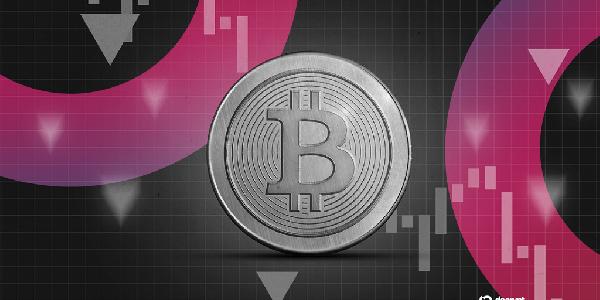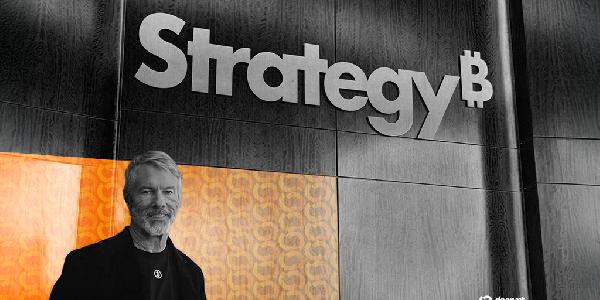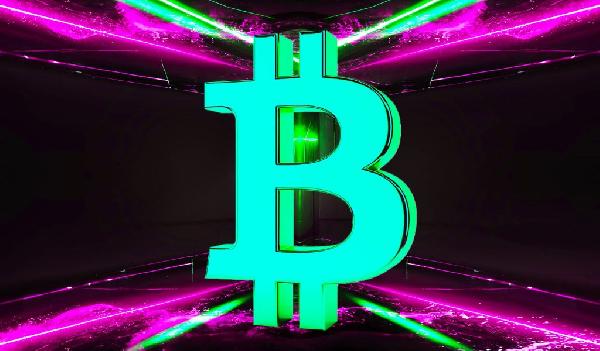Visa continues its journey into the ever-evolving world of cryptocurrency and blockchain, adding support for more coins and chains to boost its versatility.
Meanwhile, stablecoins remain one of the leading trends in adoption during this year.
A Bit of Everything
In a press release shared with investors, Visa, the world’s second-largest card payment organization, announced that it’s adding support for two additional USD-backed stablecoins, two blockchains, and the euro-backed EURC.
The company has partnered with Paxos, which will bring two additional stablecoins to its roster – the Global Dollar (USDG) and PayPal USD (PYUSD).
In addition to already supporting the Ethereum and Solana blockchains, the new additions include Stellar and Avalanche. Moreover, the variety of stablecoins increases with the inclusion of Circle’s stablecoin, EURC.
“Visa is building a multi-coin and multi-chain foundation to help meet the needs of our partners worldwide,” said Rubail Birwadker, Global Head of Growth Products and Strategic Partnerships. “We believe that when stablecoins are trusted, scalable, and interoperable, they can fundamentally transform how money moves around the world.”
The firm’s network has now integrated a total of four stablecoins and four blockchains, following years of real-world pilots and partnerships.
One notable example is their union with Bridge earlier this year, part of Stripe, which enables stablecoin-linked Visa cards to be used at any merchant location in Latin America that accepts them. Bridge deducts the needed funds and converts them to local fiat, essentially mimicking regular transactions.
A Driving Force
There’s no denying that stablecoins have become a staple in institutions adopting cryptocurrency, as their market cap has doubled since the start of last year, according to current data from DefiLlama, now standing at over $265 billion.
According to the Ivy Analytics platform, 90 of businesses in 2025 have tested or used stablecoins, primarily for reducing cross-border payment costs and liquidity management.
The GENIUS Act, which was signed into law last month, introduced regulatory frameworks and provided assurance for corporations, governments, and everyday investors.
Major U.S. banks, including JPMorgan, Goldman Sachs, and Citi, among others, have publicly shared their ideas for exploring or incorporating stablecoins into their everyday operations.










